How Electric Vehicle Power Steering Helps Extend EV Battery Life
Brake & Front End
DECEMBER 4, 2024
Unlike traditional hydraulic power steering systems, EPS utilizes electric motors and electronic control units to assist the driver in steering the vehicle. Electric power steering systems are designed to be more energy-efficient compared to their hydraulic counterparts.

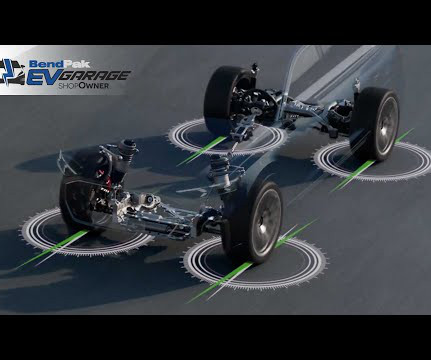
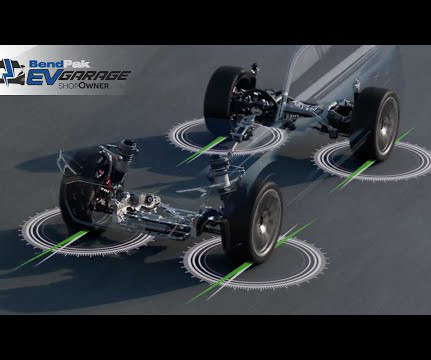


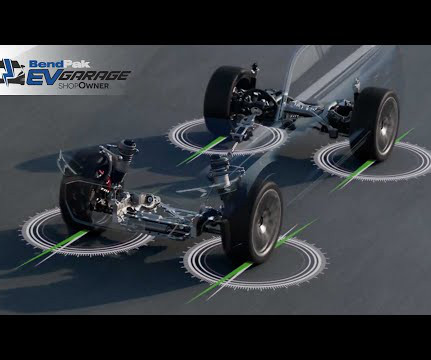
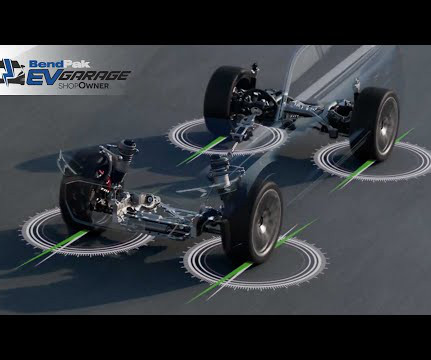

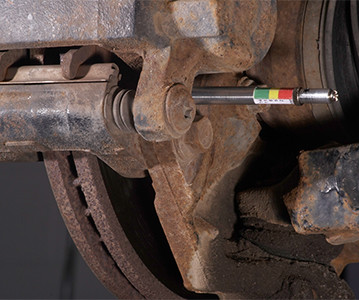
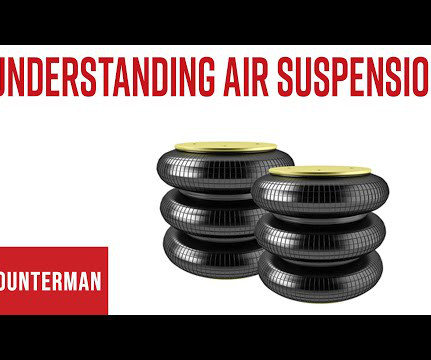
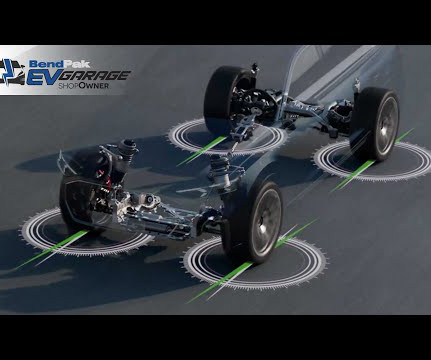
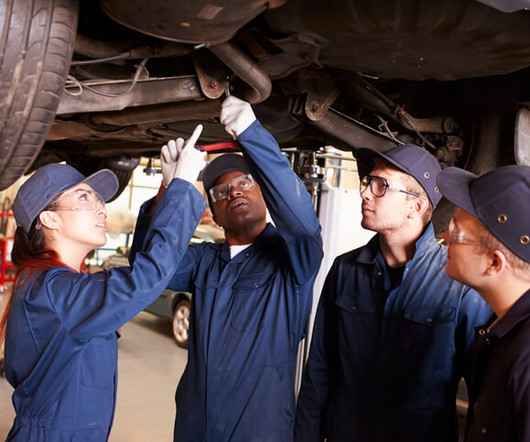
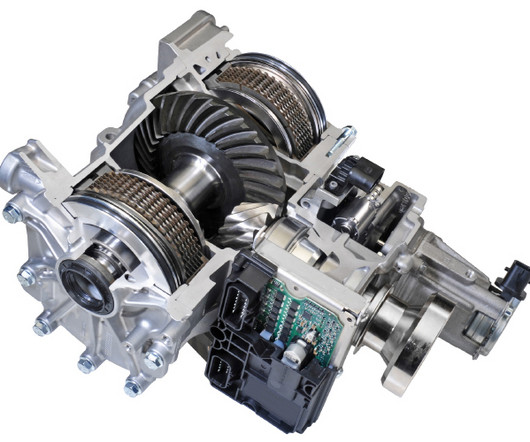
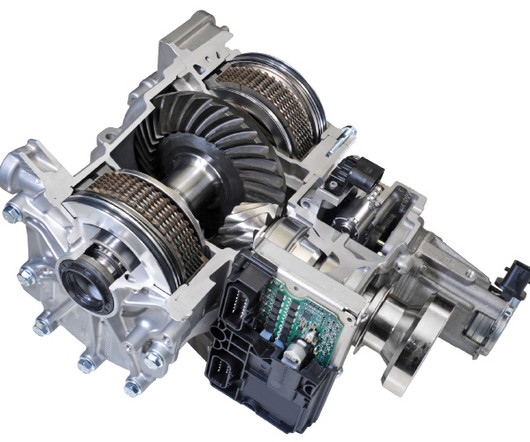
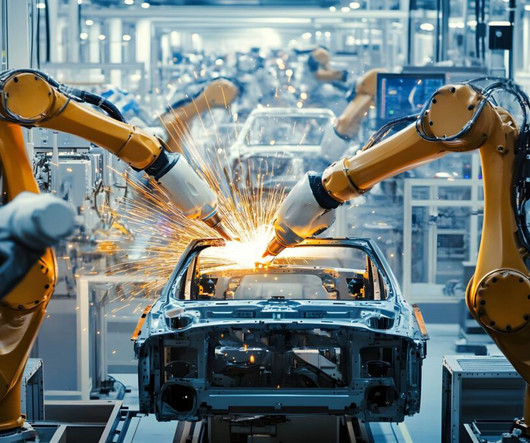






Let's personalize your content